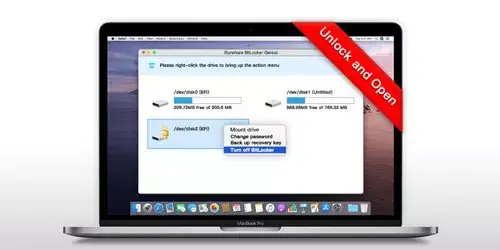Top Effective Ways to Change Permissions on a Registry Key

Registry permissions determine which account can access a specific registry key and the type of permission that account has. You may need to change the permissions on a registry key to edit it or create a new entry for some reasons while some important keys are protected. Here's how to edit permissions of registry keys for you.
- Method 1 Change permissions using Registry Editor
- Method 2 Set permissions using SetACL utility
1. Change permissions using Registry Editor
Step 1: Press Windows+R to open run command and type regedit in the open box and then click OK.

Step 2: Locate to the protected key you want to edit and right-click on it. Select Permissions in the context menu.
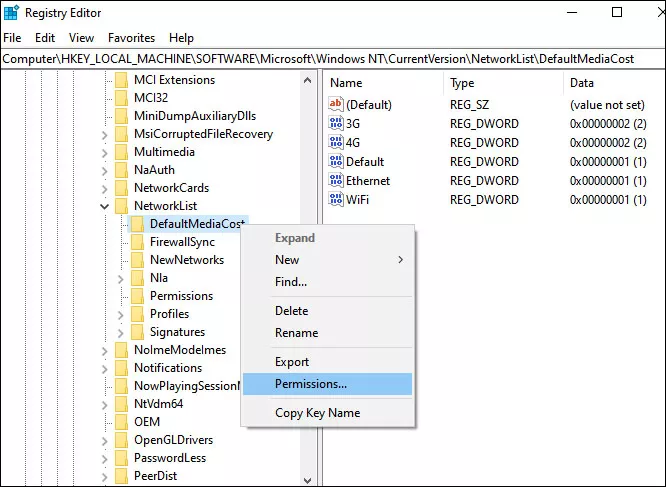
Step 3: In the Permissions window, select Advanced to open Advanced Security Settings window.
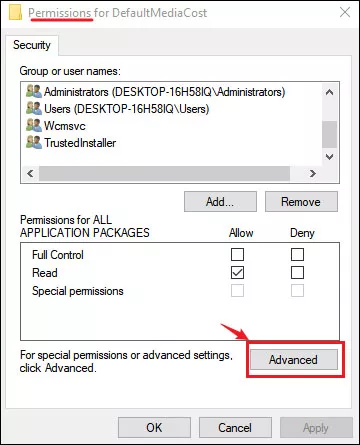
Step 4: In the Advanced Security Settings window, click the Change link to open Select User or Group window.
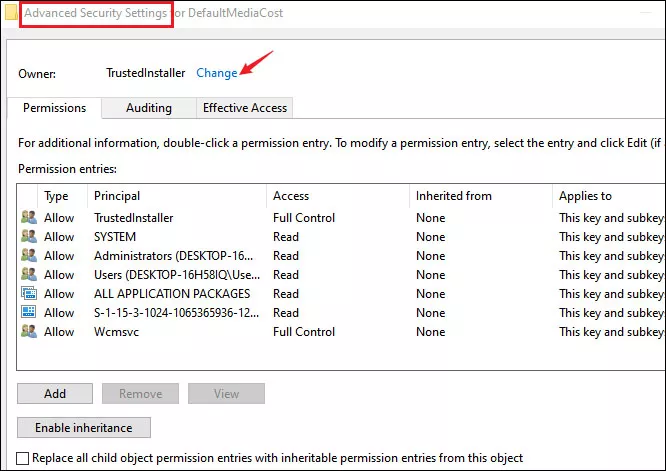
Step 5: Type the name of your user account or your e-mail address if you have a Microsoft account and select Check Names.
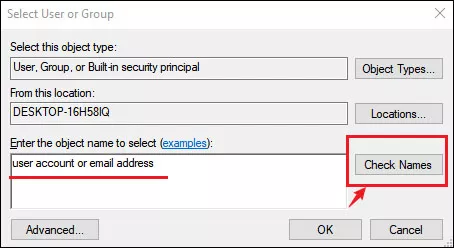
Then click OK twice to close the current window and the Advanced Security Settings window.
Step 6: Back to the Permissions window, select Users and check Allow Full Control.
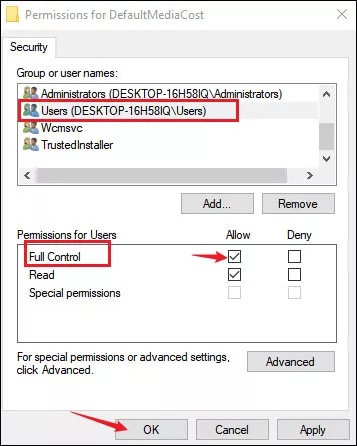
Then you will successfully gain full permissions to edit the particular registry key.
2. Set permissions using SetACL utility
SetACL is a third-party tool working like a DOS command. You can download this utility file and then run the specific commands in Command Prompt to set the permission of a registry key.
Step 1: Download SetACL, choose the EXE version for SetACL 3.12 for Administrators.
You'll get two versions of the utility, 32-bit and 64-bit, for different Windows edition.
Step 2: Check your system type and choose the correct EXE file. If your system type is 64-bit operating system(x64), use the SetACL.exe file in 64-bit folder. Likewise, use the SetACL.exe file in 32-bit folder if yor system type is 32-bit operating system(x32).
To check your system type, click Start menu and select Settings > System > About.
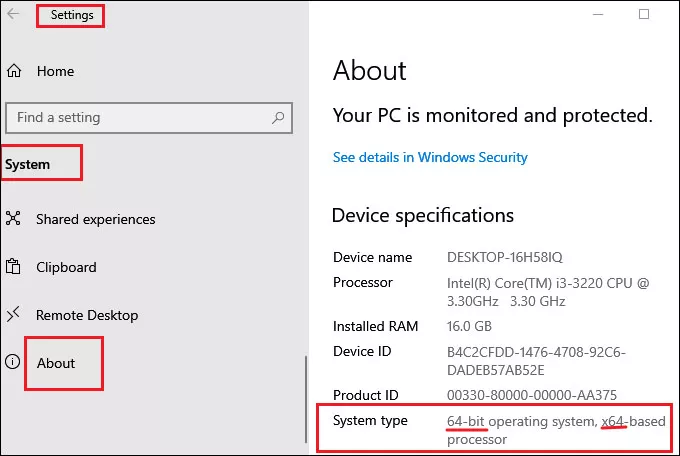
Step 3: Copy the EXE file to C:\Windows\System32 folder.
Step 4: Click Start menu, type cmd in the search box and hit Enter. Then select Run as a administrator to open Command Prompt.
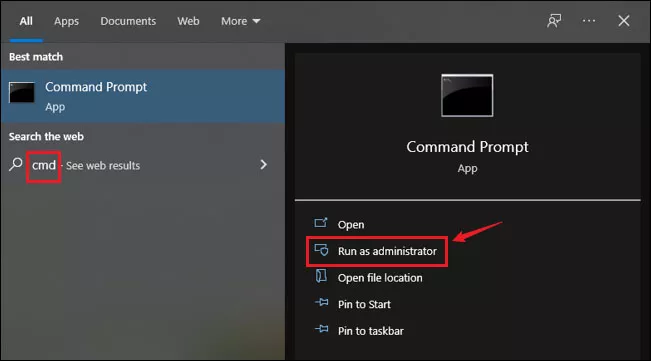
Step 5: Run the below SetACL syntax in Administrator Command Prompt window one by one:
SetACL-on "name"-ot reg -actn setowner -ownr "n:Administrators"
SetACL-on "name"-ot reg -actn ace -ace "n:Administrators;p:full"Notice: name is the path to the object.
Let's take a key in registry editor for example : the name is "Computer\HKEY_CLASSES_ROOT\.txt\PersistentHandler". You can replace the name of any registry key you desired to edit inside double-quotes. Then the first command will make Administrator as the owner of the registry key and the second command will grant full permission to Administrator on the key so you can make edition.


